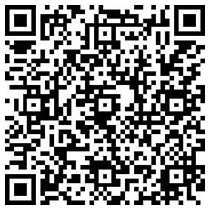The frequency converter integrates high-voltage and high-power transistor technology and electronic control technology to become an independent transmission component. The function of the frequency converter is to change the frequency and amplitude of the AC motor's power supply, thereby changing the period of its moving magnetic field to achieve the purpose of controlling the motor's speed. The inverter not only needs to invert the DC power supply into AC power supply, but also needs to continuously rectify the AC power supply into DC power supply. The inverter converts DC power into AC power. Simply put, the inverter is just the output part of the frequency converter.
Usually, a device that converts power frequency alternating current with fixed voltage and frequency into alternating current with variable voltage or frequency is called a "frequency converter"
In order to produce variable voltage and frequency, the device first converts the alternating current from the power supply into direct current (DC), a process called rectification.
Generally, an inverter converts DC power into an inverter power supply with a certain frequency and voltage. The inverter with adjustable frequency and voltage of the inverter power supply is called a frequency converter.
The waveform output by the frequency converter is a simulated sine wave, which is mainly used for speed regulation of three-phase asynchronous motors, also called a variable frequency speed regulator.
The difference between frequency converter and inverter
1. An inverter is a component used to convert direct current into alternating current.
An inverter is a component used to change the frequency of alternating current.
2. The inverter converts DC power into AC power (usually 220V, 50Hz sine wave), and the frequency can also be adjusted;
The frequency converter converts the input alternating current into an alternating current output of the required frequency; its principle is "AC-DC-AC" or "AC-AC", and the "AC-DC-AC" form is more common. "AC-DC-AC" first converts alternating current into direct current, and then converts direct current into alternating current, that is, "rectifier + inverter"
3. The frequency converter must have a frequency adjustment part, while the inverter only needs to have a fixed output frequency.

Cpyright © 2023 Shenzhen Sinee Electric Co.,Ltd. A certain ICP preparation No. 00000000-0



